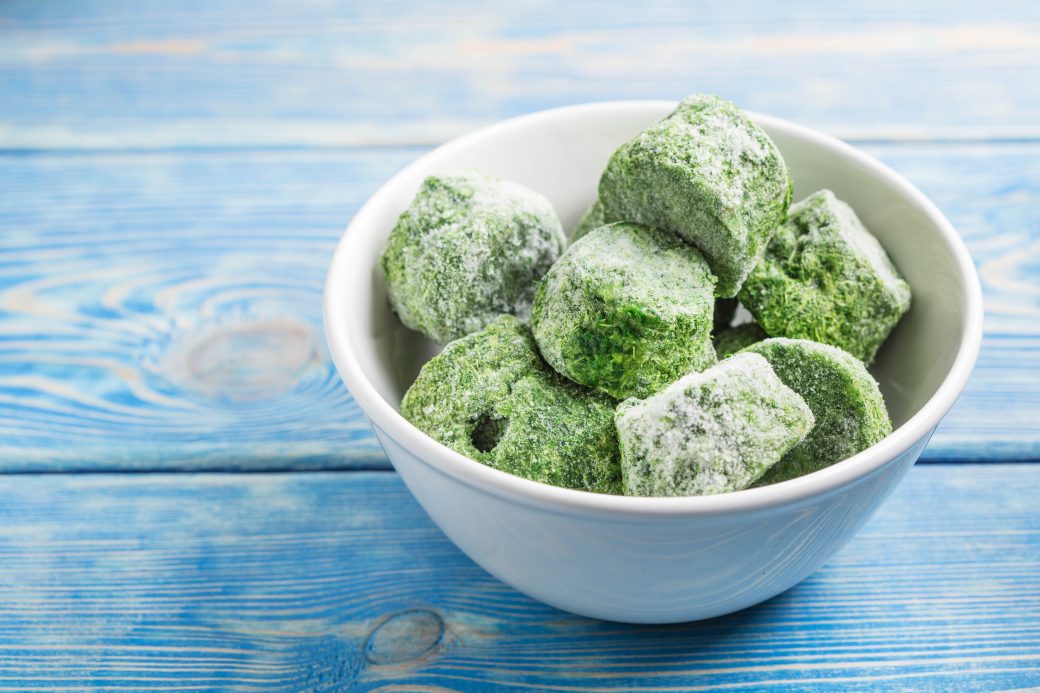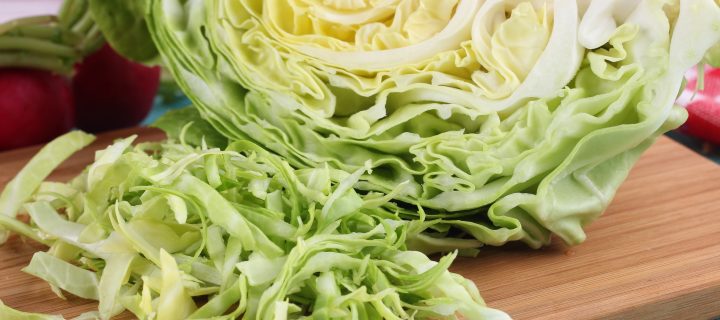While healthy, organic, grain-fed, no preservatives superfoods cost more than your average alternative, the fact remains there are still plenty of ways to shop as smart as you eat.
These three delicious and nutritious foods can be had for under a buck a serving:
Beans
The king of value, beans are the best bang for your buck. For a measly $1, you can walk away with a solid pound of dried beans, which is good for 5 cups when cooked.
The only hitch is they require planning to prepare, as the beans need to soak for a few hours before cooking.
If you’re an impatient person – or just really love beans – the canned alternative is still cost-effective. A 15- to 15.5-oz. can runs between $1.10 and $2.50 (for organic), which works out to between 31¢ and 71¢ per ½-cup serving.
Beans are ideal for dips, to toss into salads, or mash with vegetables and grains to create healthy and cheap veggie burgers.
Frozen Chopped Organic Spinach

Frozen veggies of any variety are great money-savers, and surprisingly wholesome – remember, the vegetables are frozen at their absolute prime for retail, meaning you’re getting them at their most nutritious. Plus, since they’re frozen, you can prepare what you need and save the rest – there’s no waste.
We suggest spinach due to their flexibility in the kitchen: scramble them with eggs, add them to a soup, mix them into meatballs, or whirl them into a smoothie.
A 16-oz. bag of the Whole Foods 365 brand contains six 1-cup servings and costs $1.99 – or an insignificant 31¢ per serving.
Related: How to get the most nutrition out of your veggies
Cabbage
Cabbage is truly the unsung hero of produce. It’s one of the healthiest greens you can buy, it’s always available, and is extremely versatile. Oh, and it just so happens it’s one of the cheapest, too.
A humble head of cabbage, costing roughly $2, yields 5 cups or 10 servings. That breaks down to 20¢ for half a day’s vitamin C, and a full day’s worth of vitamin K…plus folate, and fiber.
Cabbage is also a prime source of prebiotics, and non-digestible carbs, which feeds on good gut bacteria.
You can of course make a simple slaw, or get creative and use the leaves as sandwich wraps in place of bread. It can also make for a robust side dish; chop and sauté with some butter until tender and gold. If you’re a red cabbage savant, it’s still good value at $3 a head, providing the same nutritional value as its green cousin, along with extra vitamin A and phytonutrients.
Photo Credit: Cozy Home/Shutterstock.com; Arkadiusz Fajer/Shutterstock.com












